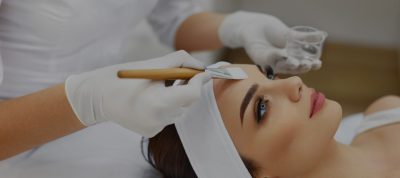Exfoliation is the process of removing the dead skin cells from the surface of the skin through either chemical or mechanical methods.
Mechanical exfoliation, the process of exfoliating the skin by hand by scrubbing with something abrasive, has been practiced all over the world and throughout history. American Indians used dried corncobs. The people of the Comanche tribe would use sand from the bottom of a river bed to scrub the skin. Polynesian people would use crushed sea shells.
Mechanical exfoliation was practiced in ancient Egypt where they employed a variety of methods. Pumice stones were popular abrasives as well as other minerals such as alabaster particles, and scrubs made from sand and the aloe vera plant.
Exfoliation through chemical means, as practiced today, is a science constantly updated with new technology and ingredients. But the practice itself also has a long history dating back to ancient Egypt when sour milk, which contains lactic acid, was used as a chemical exfoliant. Cleopatra is famously said to have frequently bathed in it.
In the Middle Ages, people commonly used old wine for its exfoliation properties. Old wine was effective because of its tartaric acid content. Various natural remedies of these kinds, containing naturally occurring levels of alpha hydroxyl acids, were the norm until the late 1800s. That’s when German dermatologist Paul Gerson Unna began scientifically formulating the earliest forms of chemical peels. His pioneering research with salicylic acid is still used today.
In the early 20th century, dermatologists began to experiment with phenols in chemical exfoliation. That remained popular through most of the 20th century.
Student resources











